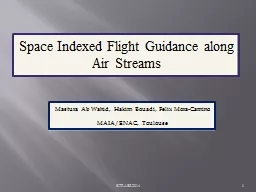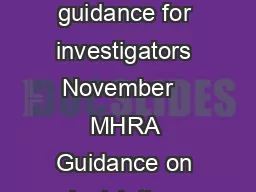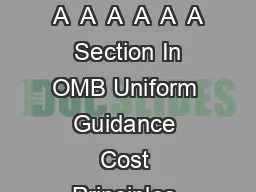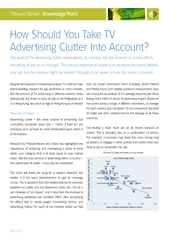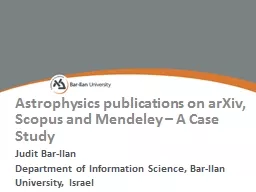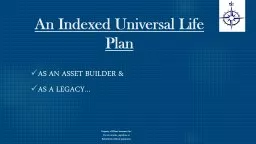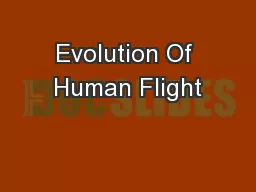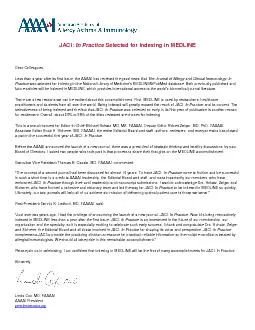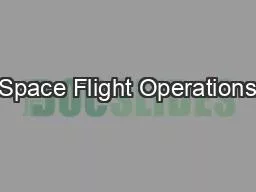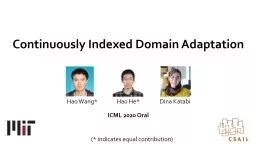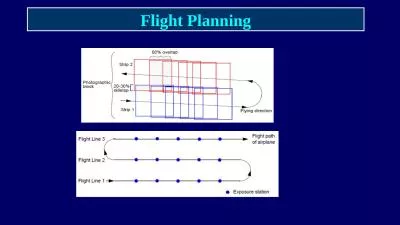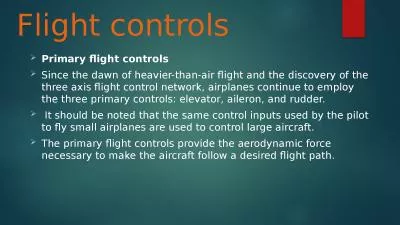PPT-Space Indexed Flight Guidance
Author : celsa-spraggs | Published Date : 2015-11-25
along Air Streams Mastura Ab Wahid Hakim Bouadi Felix Mora Camino MAIAENAC Toulouse SITRAER2014 1 SITRAER2014 2 Outline Introduction Definition of Air Stream
Presentation Embed Code
Download Presentation
Download Presentation The PPT/PDF document "Space Indexed Flight Guidance" is the property of its rightful owner. Permission is granted to download and print the materials on this website for personal, non-commercial use only, and to display it on your personal computer provided you do not modify the materials and that you retain all copyright notices contained in the materials. By downloading content from our website, you accept the terms of this agreement.
Space Indexed Flight Guidance: Transcript
Download Rules Of Document
"Space Indexed Flight Guidance"The content belongs to its owner. You may download and print it for personal use, without modification, and keep all copyright notices. By downloading, you agree to these terms.
Related Documents

